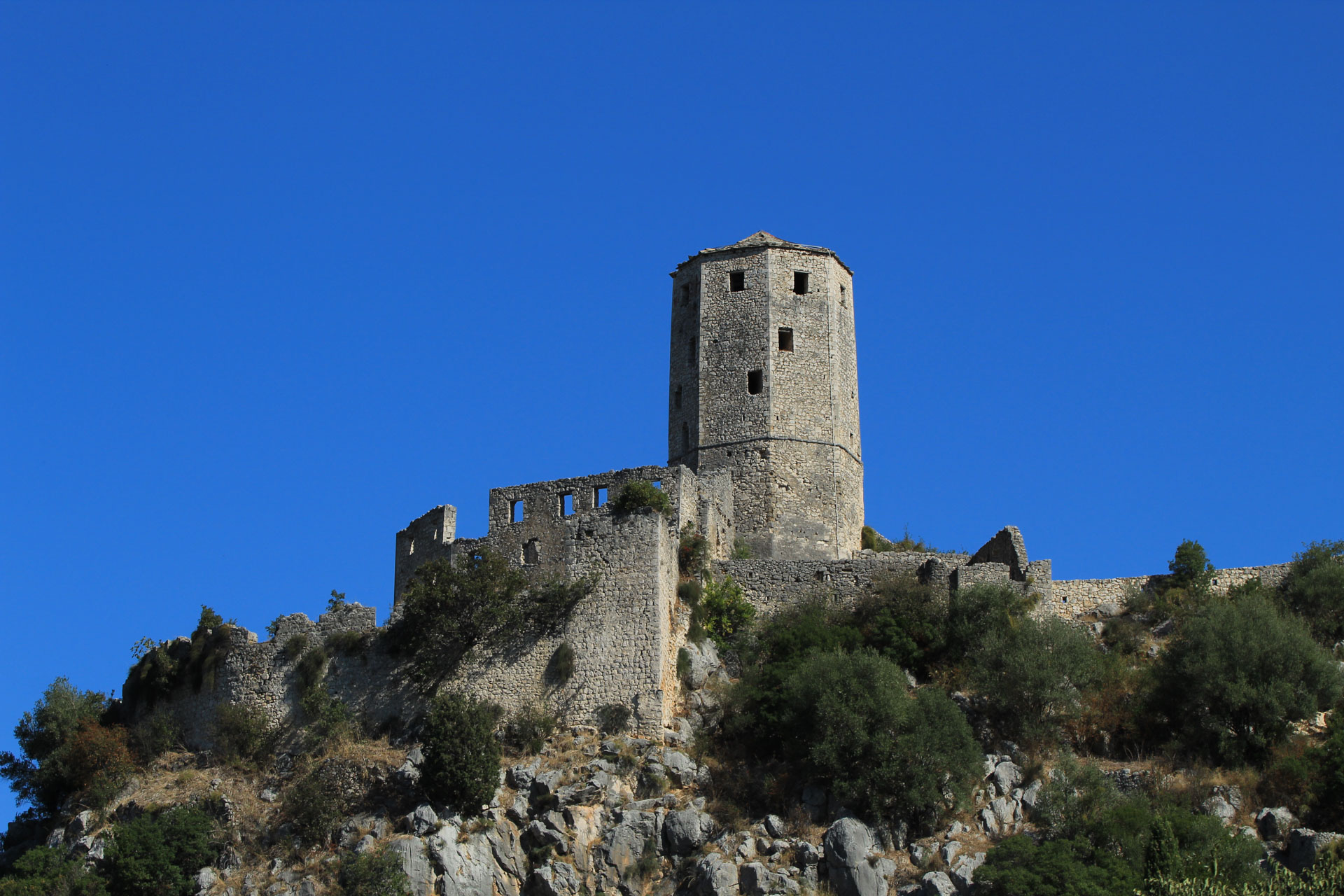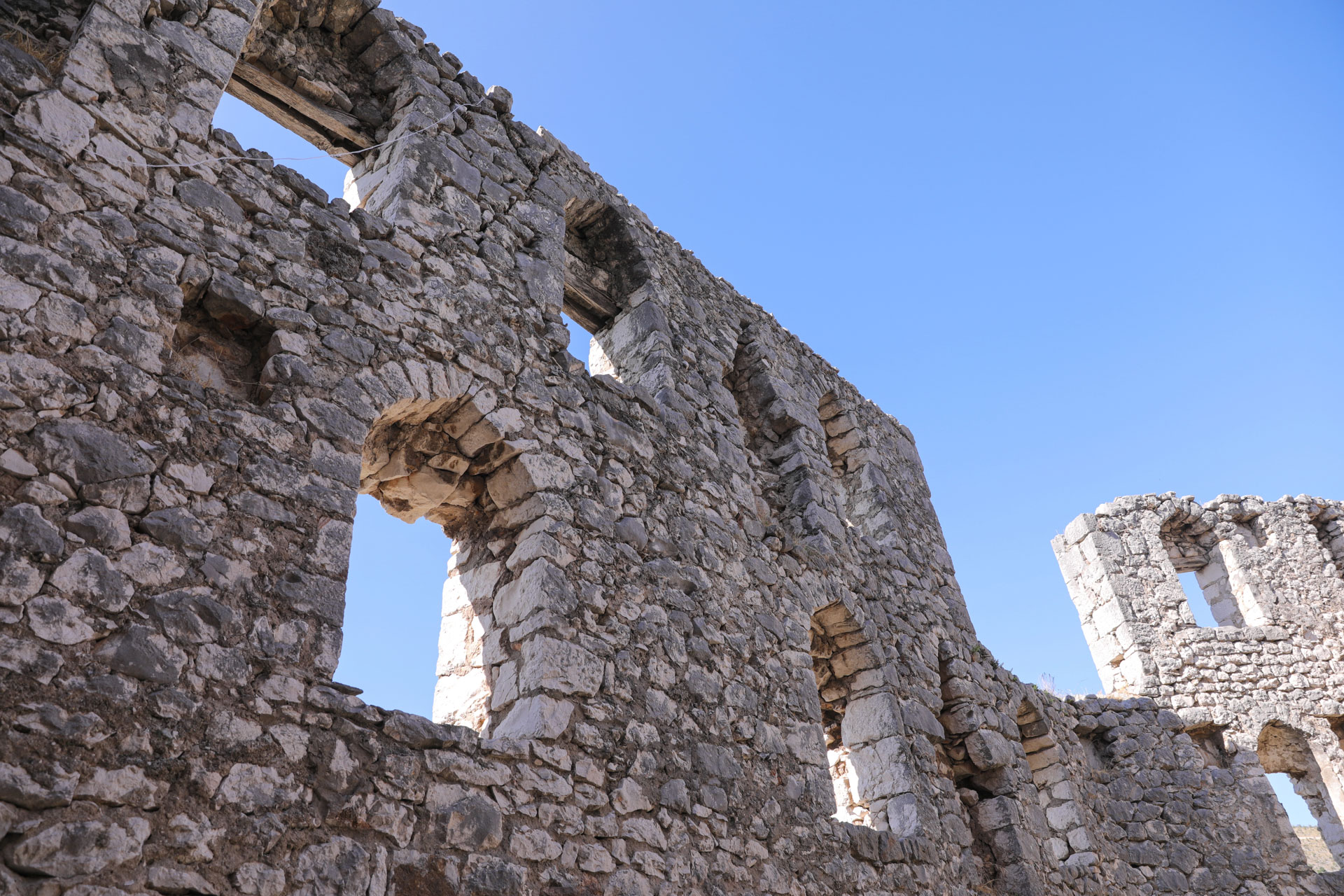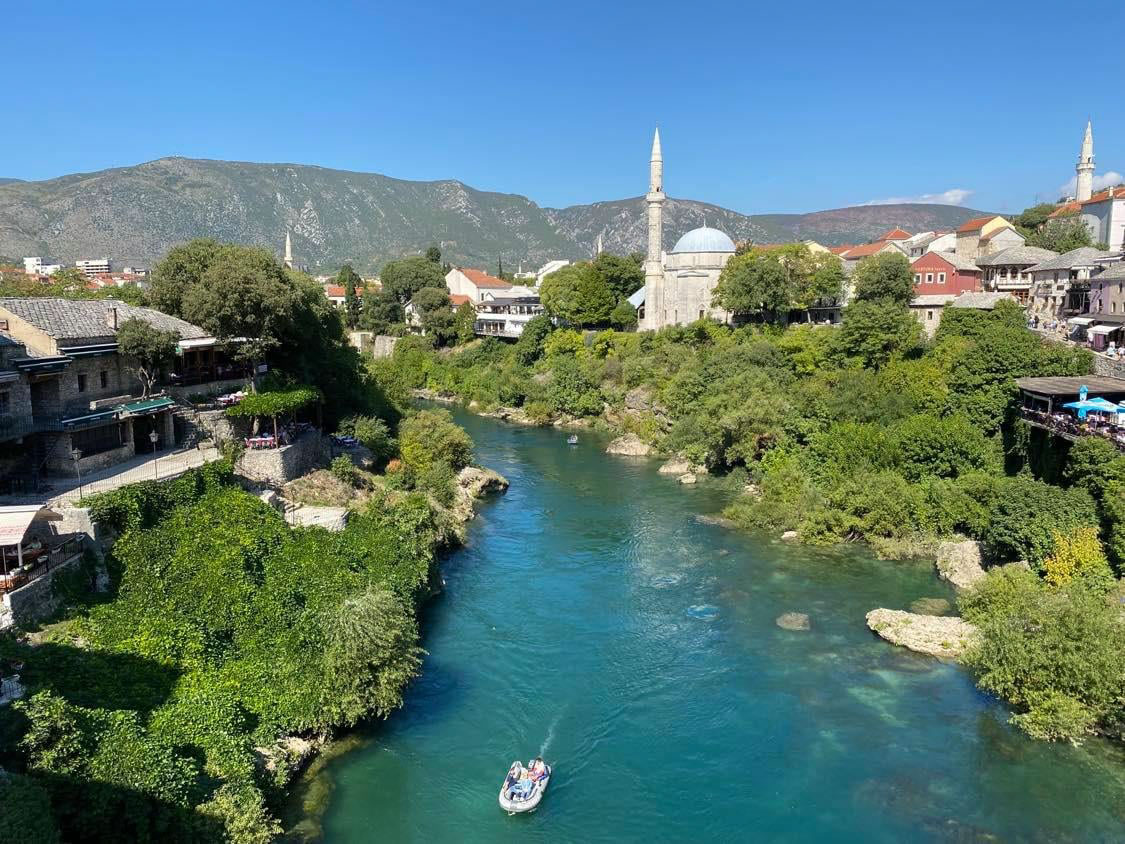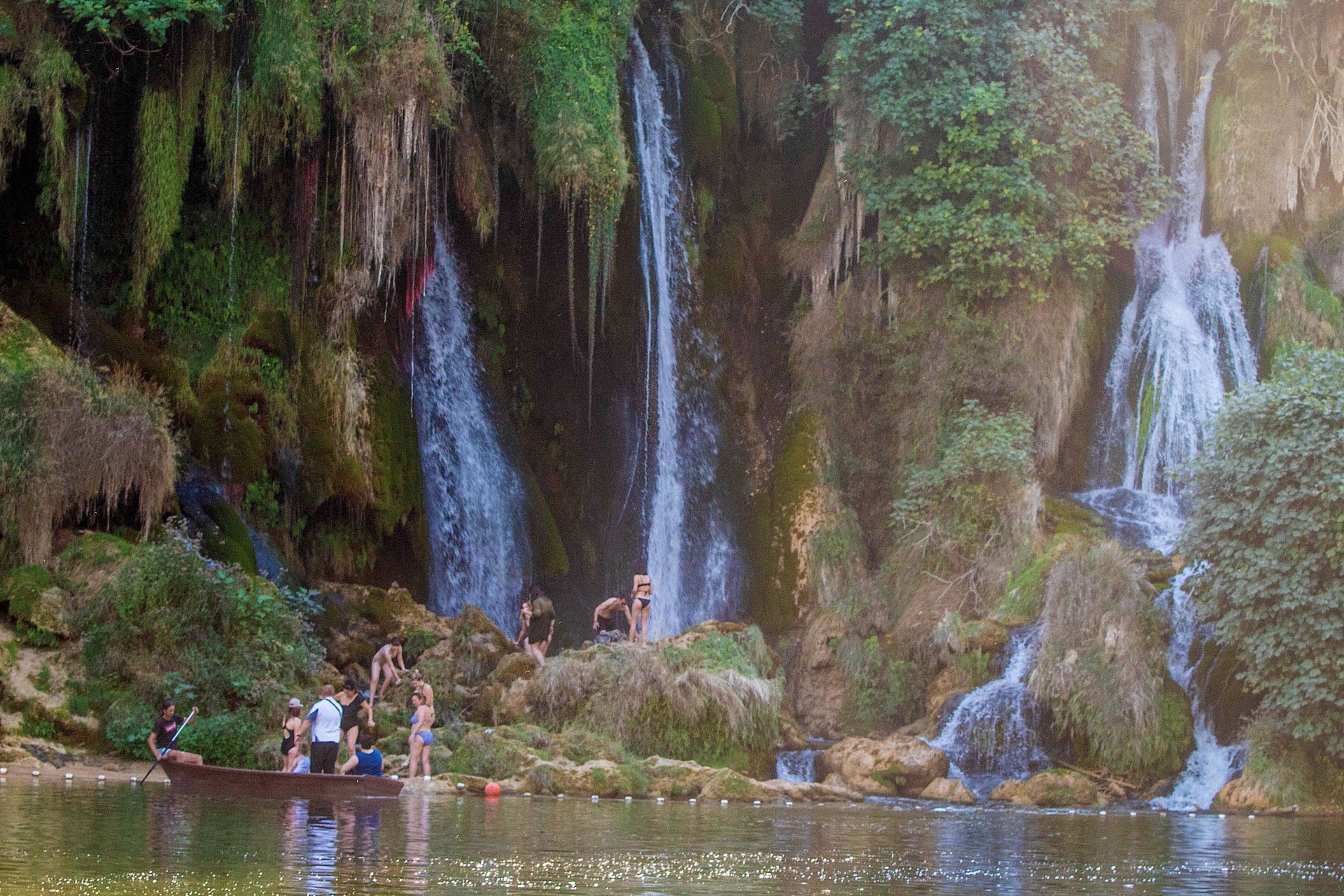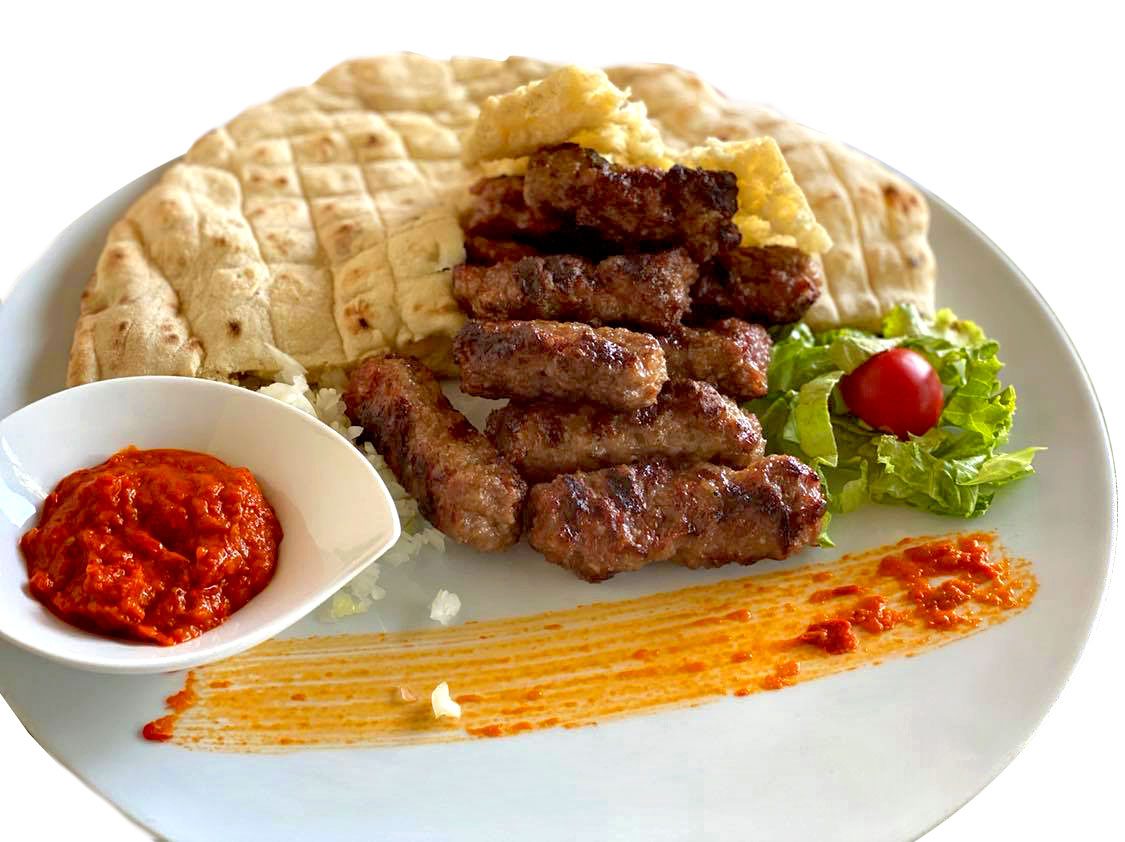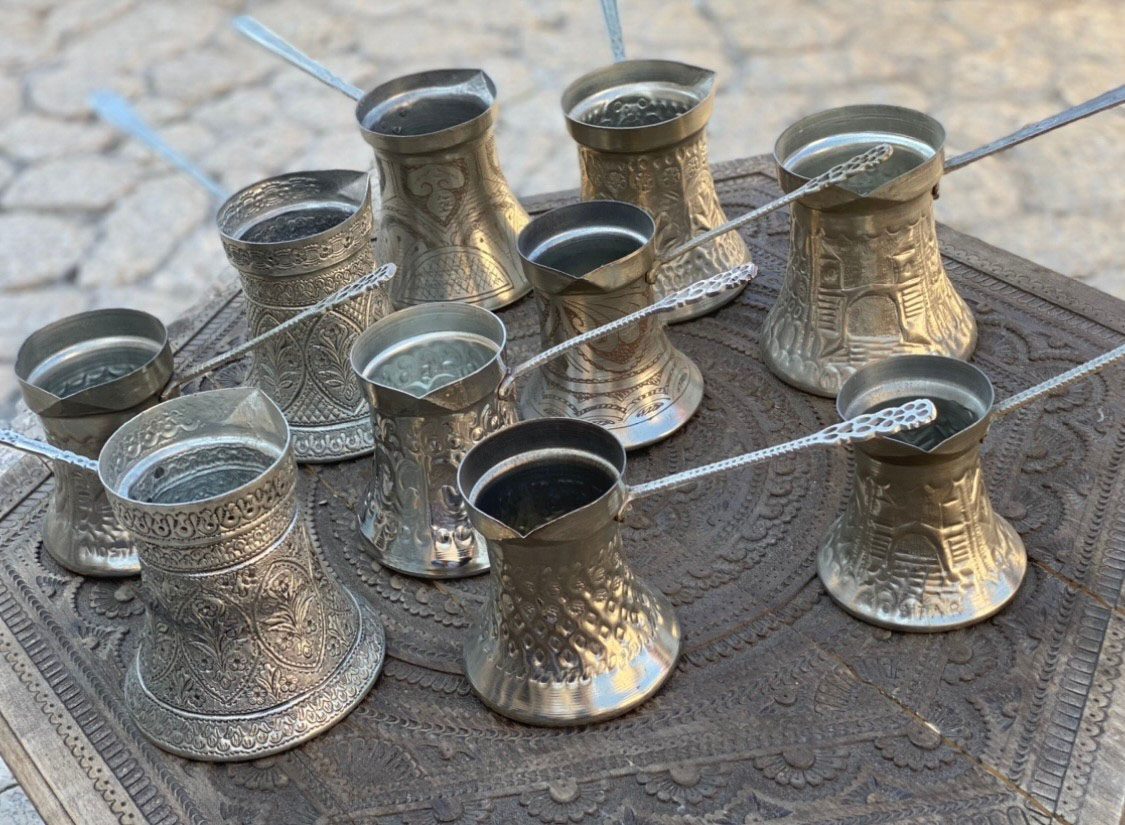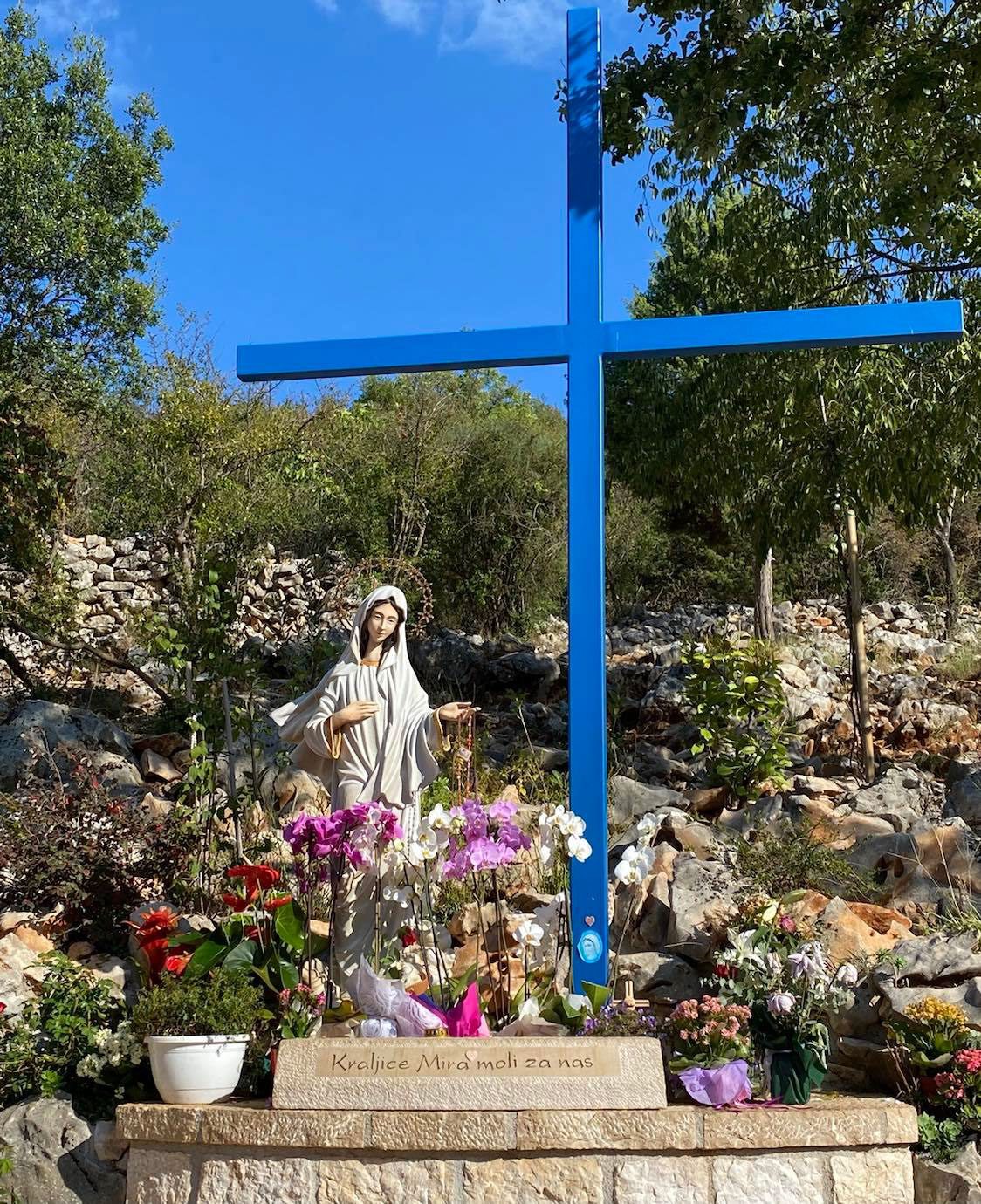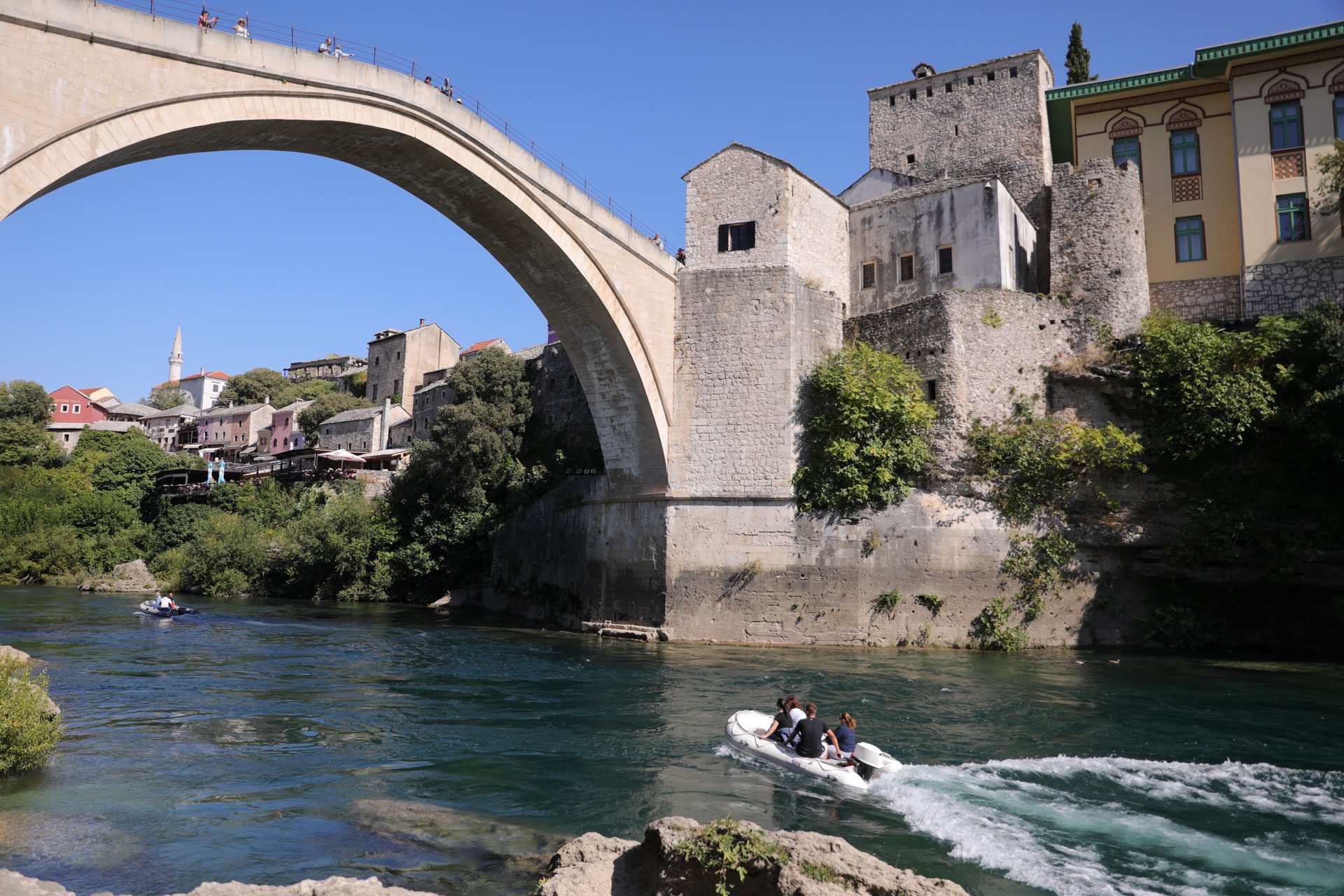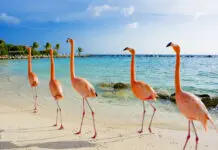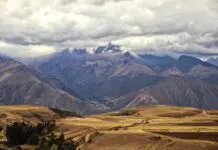Referred to as “the most underrated country in Europe,” Bosnia and Herzegovina offers much diversity. Informally called Bosnia, the country, its attractions and its landscapes are surprising. Steep villages make the drives picturesque as you venture through politically and religiously diverse areas in the Balkans.
Počitelj
Cresting atop a steep hill is the imposing village of Počitelj. Destroyed in war and rebuilt later, its beauty is unfading, much like the magenta florals and russet-colored marigolds growing out of rocks. Resilient like the village, the florals appear to embody the survival of this former stronghold.
Počitelj is a site of historical significance, but you’ll also enjoy moments of discovery within its topography. The Ottoman, Medieval, Muslim and Christian influences are all present here. Good walking shoes are required for the steep ascent. Like most fortresses, the height of this location provides the breathtaking views of the river valley below. The watchtower, mosque and other structures are adorned with pomegranate trees. Be aware of precarious perches with no railing as you explore the settlement, and make sure to try the pomegranate juice sold by vendors as you shop for souvenirs.
Step into the mosque, where sunlight streams through stained-glass windows. Admire the intricacies of this house of worship which survived destruction and reconstruction. Počitelj has an aura of endurance and rebirth; stone-slabbed roofs, unique domes, ornate doors and relics catch your eye as you saunter through the cobbled paths.
Mostar
Approaching Mostar, you’ll understand how this fertile area produces a major supply of Mandarin oranges. Once brackish water was removed from the former swamp-like land, the mountainous valley began to glow an ambient, yellow-green haze.
Arrival into Mostar is jubilant, especially when you enter the city center with the iconic Mostar bridge, which defines Bosnia’s diversity and struggle. The bridge was originally built in the 16th century and destroyed in 1993 by the Bosnian War, then built again in 2004.
The energy there is contagious. People gather at the riverbank, catching speedboat rides and watching bridge divers above. Terraced cafés decorate the hillsides that hug each side of the river. A bountiful bazaar extends throughout the quaint town center, laden with Turkish coffee sets, coppersmith wares, jewelry and textiles galore. Mostar is divided between the Muslims in the east and the Christians in the west. The river separates the two, but the bridge unites them.
Dine at Urban Grill, a Turkish restaurant, for a memorable experience. Squid salad and sausage are delicious entrees while you savor the view of the bridge and river. Divers tease the crowds by collecting tips to perform. Mealtime is perfected by the music, scenery and Turkish coffee and loukoums. Karma restaurant on the western side of the bridge has a perfect view of the sparkling riverbank.
Međugorje
After shopping in the bazaar, take a boat ride on the river before heading to Međugorje, the Catholic area of Bosnia. In 1981, six children reportedly saw the vision of the Virgin Mary there. People travel there in homage to this miracle. The steep village has statues, religious symbols and streets of souvenirs.
Lastly, the ethereal Kravice Waterfalls will fulfill the nature-lover. Descending many staircases into the park, you’ll discover the astonishing waterfalls plunging into the lake. Picnic tables and canoes are filled with happy tourists. Boats transport you to the lake’s center where people engage with the grandeur of a row of waterfalls. Rustic and casual, the park has a retro feeling. You’ll walk across planks and logs within the lake. A blazing amber sunset is the captivating encore representing the intensity of this fascinating country.
